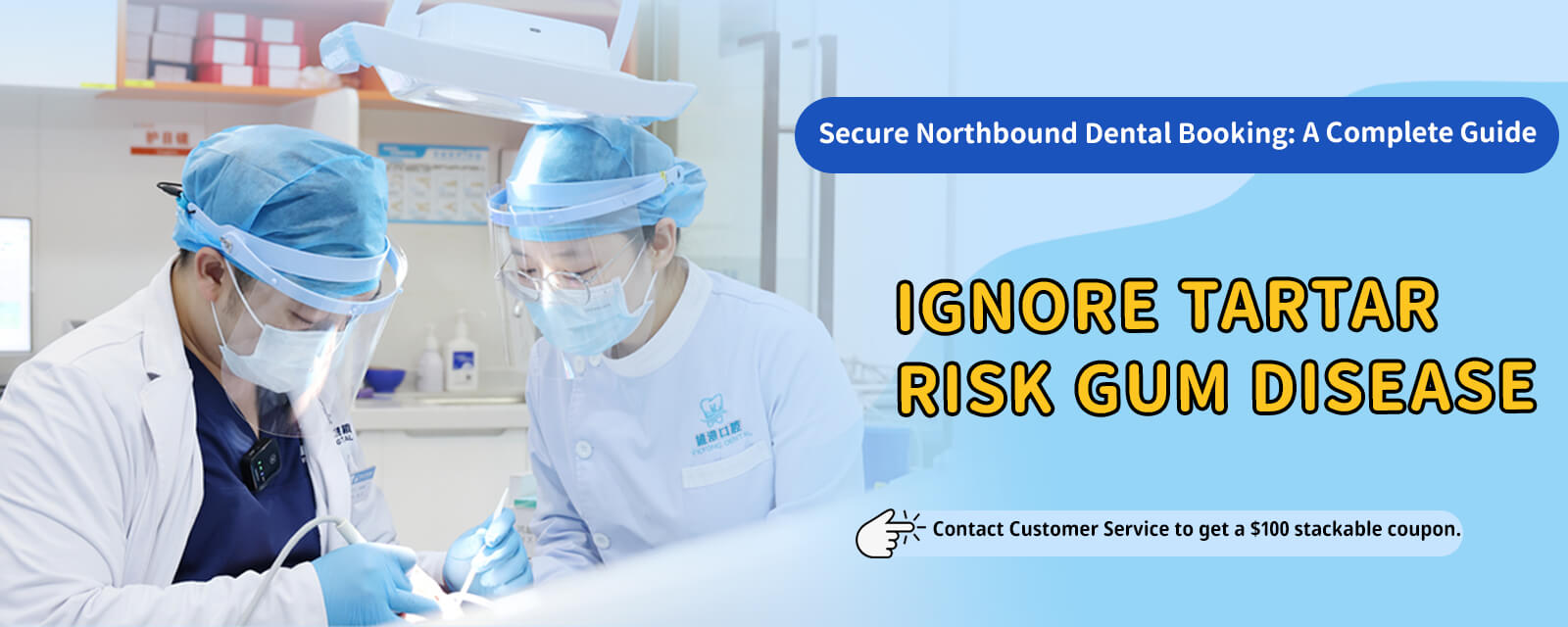Teeth Cleaning in Mainland China Appointment Needed or Walk-In Full Step-by-Step Guide
Teeth Cleaning in Mainland China Appointment Needed or Walk-In Full Step-by-Step Guide
Book or walk in for teeth cleaning up north? Full process explained
In recent years, many people in Hong Kong head to Shenzhen for dental cleaning. It’s flexible, there are plenty of clinic options, and the journey is convenient. The big question before you go is: should you make an appointment, or can you just walk in and get it done? This guide compares both approaches, breaks down the step-by-step process from leaving Hong Kong to finishing your cleaning, and lists key tips so you can plan a smooth trip.
Book ahead or walk in: which suits you
- Benefits of booking: Guaranteed time slot and shorter waiting; you can choose the branch and time, and some chains even let you pick a dentist. Ideal if your schedule is tight or you plan a same-day round trip. Weekends, public holidays and after-work hours are the busiest, so booking is safer.
- Benefits of walking in: Maximum flexibility—go whenever you’re free. Works best on weekday mornings and other off-peak times; some branches accept walk-in cleanings. Be prepared to wait longer or find there’s no slot available.
- Tip: Even if you want to walk in, you don’t have to gamble—message or call the branch first to check the current wait time. If you have heavy tartar or sensitive gums, booking is recommended so the dentist can reserve enough time.
From Hong Kong: transport and border time
- Popular ports: Lo Wu (Luohu), Futian, and Lok Ma Chau (Futian Port) are common choices. Connecting via MTR is quick and straightforward.
- Documents: Bring your Home Return Permit (Mainland Travel Permit for Hong Kong/Macao Residents). E‑gates are usually fast, but allow extra time during peak periods such as weekends and holidays.
- Journey time: From city centre to the border, crossing, then taking the mainland metro to the clinic, budget at least 1.5 to 2 hours (depending on location). If you want a same-day return, reserving 2 to 3 hours overall is more reliable.
How to book: channels and steps
- Common channels: Clinic websites, WeChat official accounts/mini programs, or calling the branch. Some chains have unified platforms where you choose the city, branch, service type and time slot.
- Basic details: You’ll typically provide your name, mobile number, and preferred date and time. Some clinics send confirmation by SMS or WeChat reminders.
- Arrival time: Aim to arrive 10–15 minutes early to check in and fill out a health questionnaire so you don’t delay the rest of the process.
In-clinic flow: step by step
- Front desk check-in: Show your booking details and complete a brief health declaration (e.g., any recent gum issues or medications).
- Initial exam: The dentist will assess your oral condition and ask about your daily cleaning habits; intraoral photos or X‑rays may be taken if needed (not always required).
- Ultrasonic scaling: Ultrasonic tools remove tartar and plaque; polishing follows, and some cases may add air polishing for a more thorough clean.
- Aftercare advice: You’ll get daily care tips such as brushing

technique and floss use. If gum inflammation, cavities or other issues are found, the dentist may suggest follow-up treatment.
- Total time: Typically 30–60 minutes, depending on tartar buildup.
- Payment and receipts: Mobile payments are standard in the mainland (e‑wallets), with some clinics also accepting credit cards or cash. If you need insurance claims or reimbursement, ask for the appropriate receipt or documentation.
Want to walk in? Practical playbook
- Check branches first: Choose areas with good transport, lots of clinics and close to ports (e.g., Shenzhen Luohu, Futian, Nanshan) for more flexibility.
- Call or message before you go: Use WeChat or phone to ask about current wait times; foot traffic can vary greatly between branches of the same brand.
- Avoid peak hours: Lunchtime, after work and weekend afternoons are the busiest. Weekday mornings are usually easiest for walk‑ins.
- Have a Plan B: If the wait is too long, try another nearby branch; or reschedule the cleaning for next time and use the day to shop or eat instead.
Notes and tips
- Language: Putonghua is standard in mainland clinics, and many staff understand Cantonese. Ask in advance if needed.
- Qualifications and hygiene: Check that the clinic is reputable, dentists are licensed, and the environment and instrument sterilization meet standards.
- Personal health: If you have sensitivity, are on medication, or are pregnant, inform the dentist beforehand so the cleaning can be adjusted.
- Eating and drinking: For a short period after cleaning, avoid very hot/cold or highly pigmented food and drinks. You can floss as usual the same day—just be gentle.
- Payment and insurance: Set up your payment options before you go. If you have dental coverage, confirm whether mainland clinics are accepted and what documents you’ll need.
- Time planning: Same‑day trips are doable, but include buffer time for transport, waiting and treatment—don’t pack your schedule too tightly.
Frequently asked questions
- Does teeth cleaning hurt? Most people feel only mild discomfort or a slight tickling sensation. If you feel sensitivity, tell the dentist—they can adjust the intensity.
- How often should I get it done? Generally every 6–12 months, depending on your oral health.
- Will my gums bleed after cleaning? If you rarely use floss or have gum inflammation, minor bleeding may occur initially; consistent cleaning usually improves it.
- Can I do other treatments on the same day? It depends on your oral condition and the dentist’s assessment. If your schedule is tight, it’s better to separate treatments to avoid long, tiring sessions.
Conclusion
If you’re going at busy times or have a tight schedule, booking ahead is the safest choice. If you’re free on a weekday during off‑peak hours, walk‑ins can work. Check branches in advance, monitor wait times, prepare your travel documents and payment tools, and learn the basic cleaning process—then heading to Shenzhen for teeth cleaning can be smooth and stress‑free.




